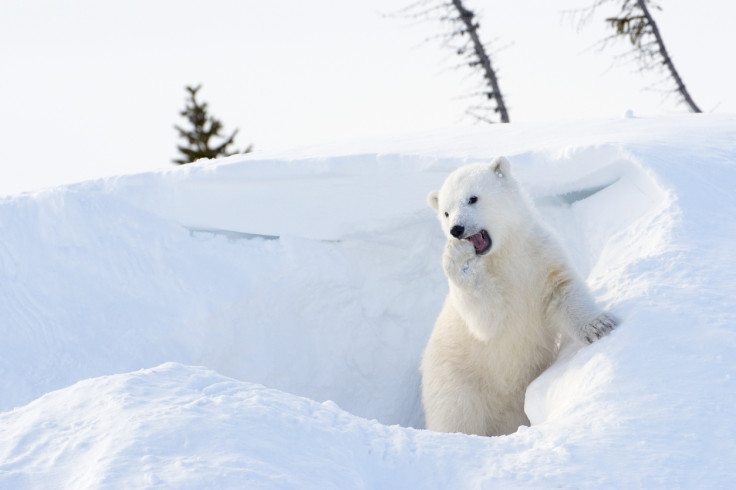Polar bears are threatened by global warming - should subsistence harvest be allowed to continue?
It may be possible to maintain polar bear harvest in the Arctic without causing more harm to polar bears.
Polar bears are among the most endangered mammals in the world, at serious risk of going extinct due to global warming and pollution. As ice melts, hunting and transportation opportunities for the animals become scarce. But polar bears are not the only ones hit by climate change in the Arctic Ocean. Human communities that have lived there for thousands of years are also facing significant challenges.
Traditionally, these groups have relied on subsistence harvest to survive – hunting wildlife such as polar bears to meet their dietary and livelihood needs in their harsh environment. However, as global warming accelerates, conservationists now worry about how habitat loss will interact with the ongoing practice of subsistence harvest to alter the conservation status of polar bears.
In a study published in the Journal of Applied Ecology, researchers have identified ways to maintain subsistence harvest without intensifying the negative effects of global warming on polar bear populations.
Can subsistence harvest continue?
There are at present about 26,000 polar bears divided into 19 sub-populations across the Arctic. Although the species is classified as a whole as endangered – based on observed and projected loss of sea-ice habitat due to climate change – scientists say that climate change does not affect them homogeneously.

Lead author Eric Regehr, from the University of Washington, explained: "The current status of the 19 sub-populations in relation to climate change is variable. Some are declining or exhibiting signs of stress. Because of regional variation in environmental conditions and ecology, some sub-populations are stable or may be increasing."

The scientists have modelled the current situation, combining a polar bear population model with projections for future sea-ice loss. Their findings suggest that with accurate population data, taking into account the differences between sub-populations and with rigorous analyses about how harvest is responsive to changes in the environment, it may be possible to maintain some form of polar bear harvest in the Arctic without causing more harm to polar bears.
"Our findings indicate that it is possible to minimise the demographic risks of harvest under climate change, including the risk that harvest will accelerate population declines driven by loss of the polar bear's sea-ice habitat," the scientists write.
Regehr explained that the method described in their study can allow conservationists to calculate a rate of harvest – the fraction of the population that can be removed each year – without accelerating population decline.
Subsistence harvest may in this context even have benefits, compensating for the worst effects of habitat loss. "When habitat loss causes crowding, there are generally negative effects on animals such as lower nutritional condition, reproduction and survival," the scientist added. "If a well-designed harvest can reduce this crowding, there's more ecological space for animals to feed, and as a result more cubs can be born."

The key resides in designing robust conservation and population management strategies. This includes monitoring individual sub-populations more closely and regularly assessing the effects of climate change – a strategy known as 'state-dependent management'.
Only by adopting such an approach can they make sure that polar bear harvest is sustainable and does not further endanger a species that is already under stress.
© Copyright IBTimes 2024. All rights reserved.























